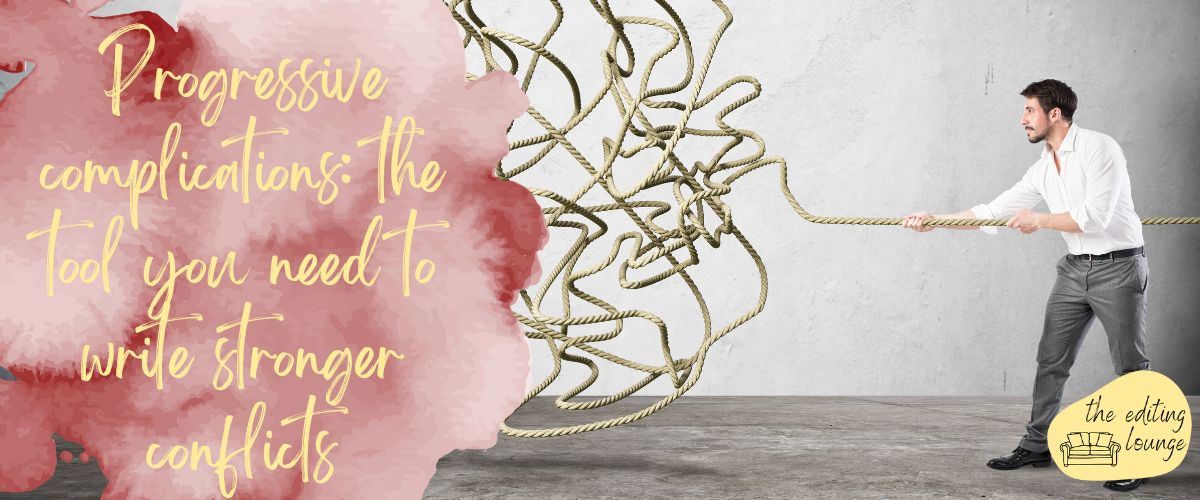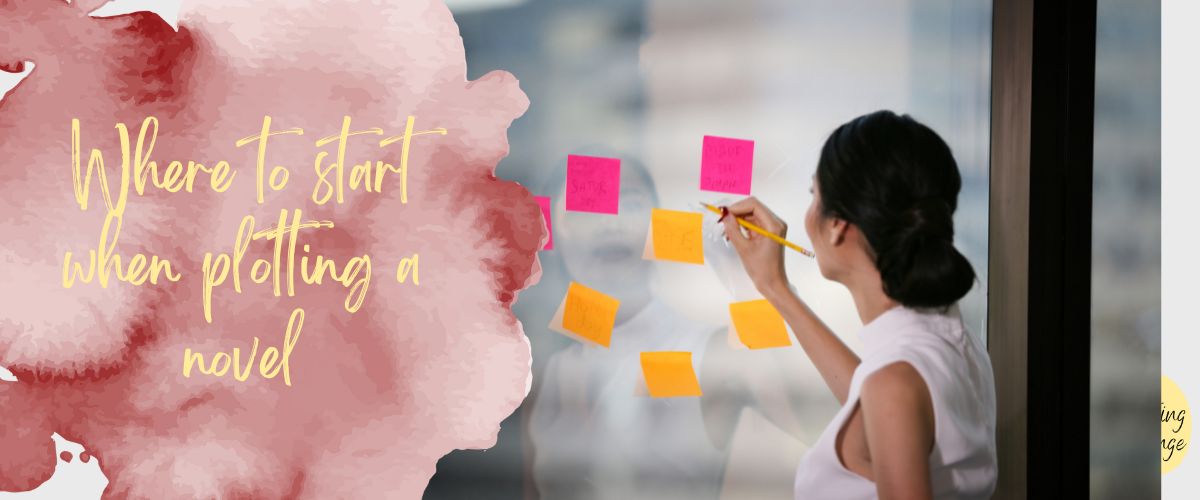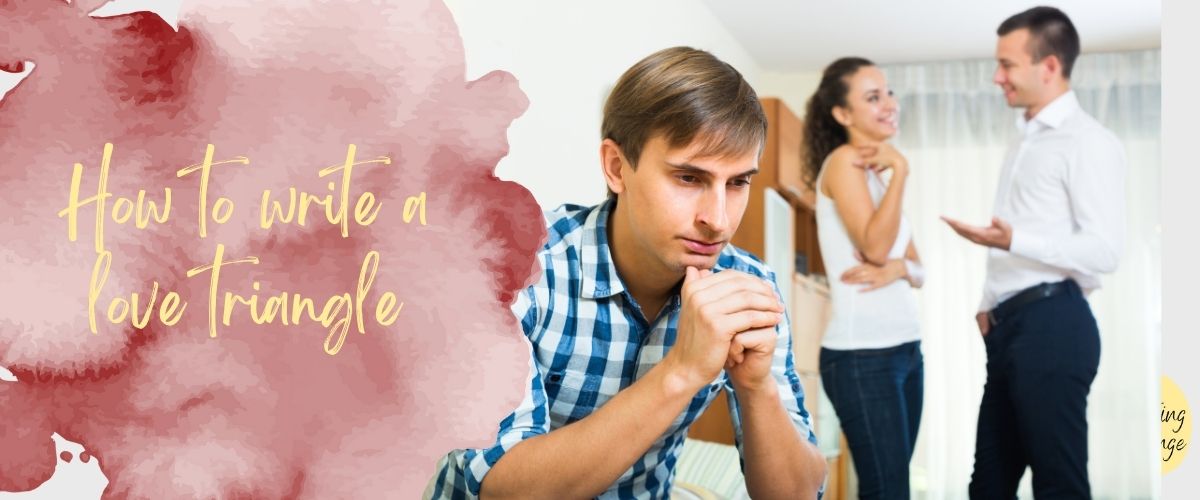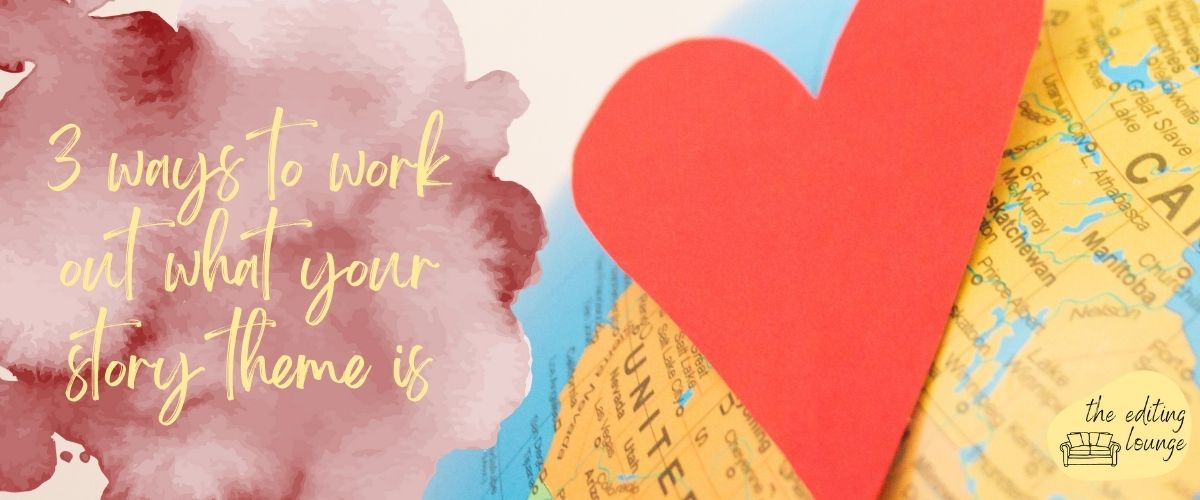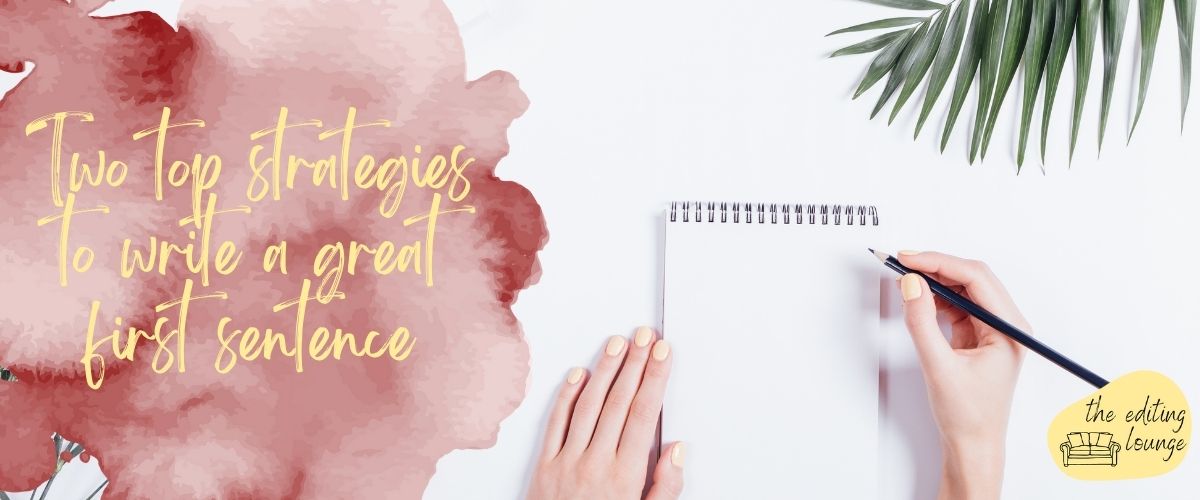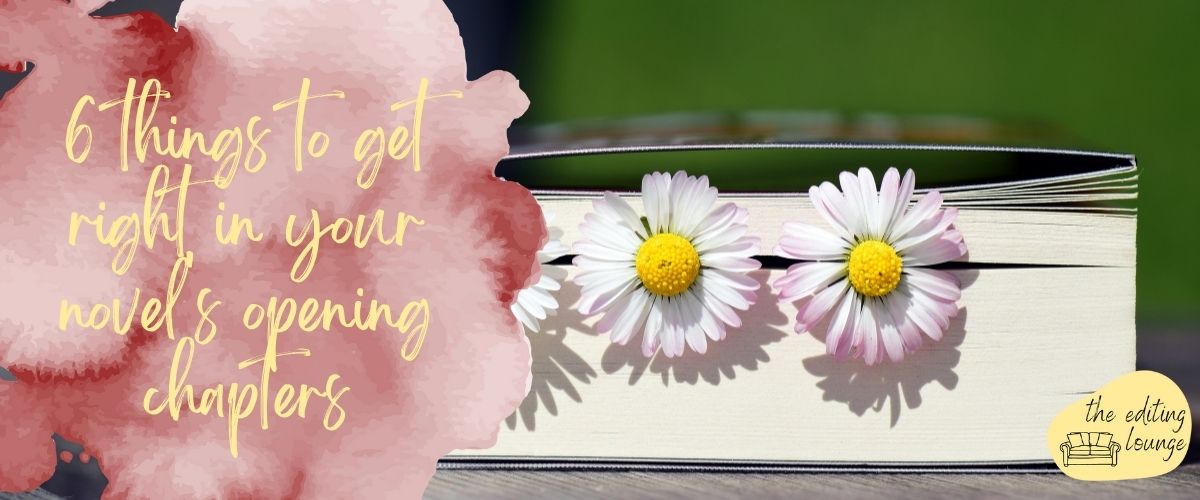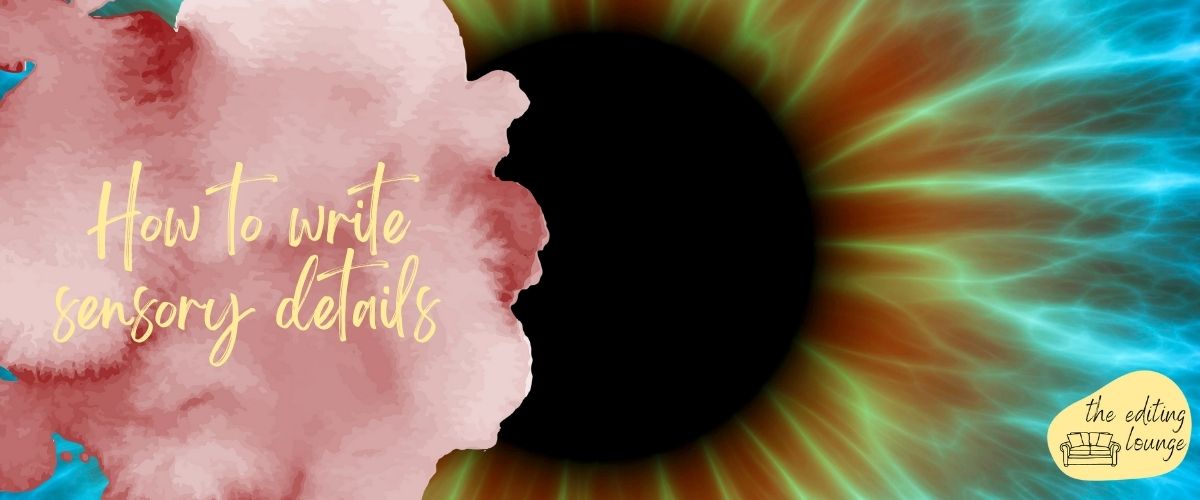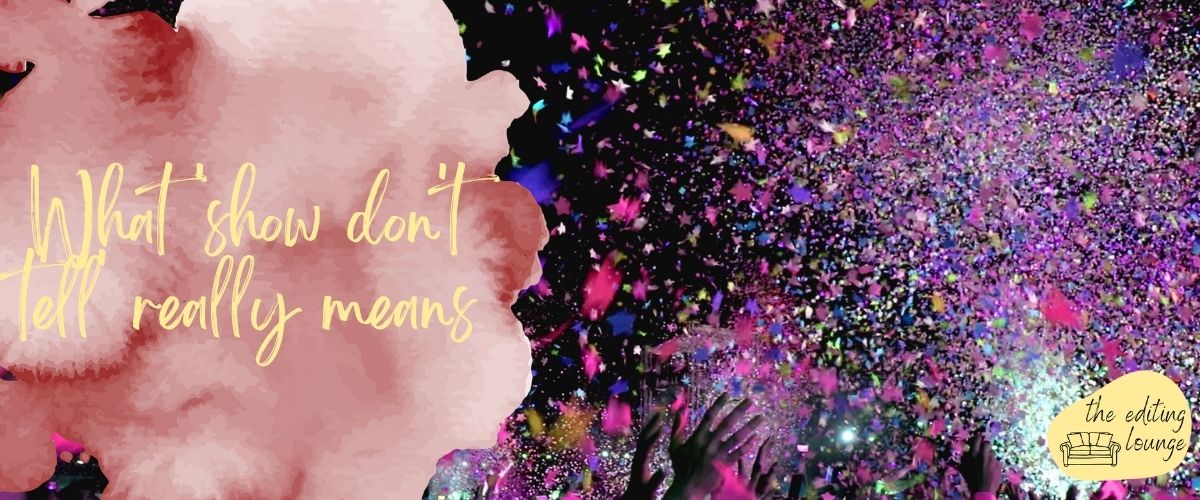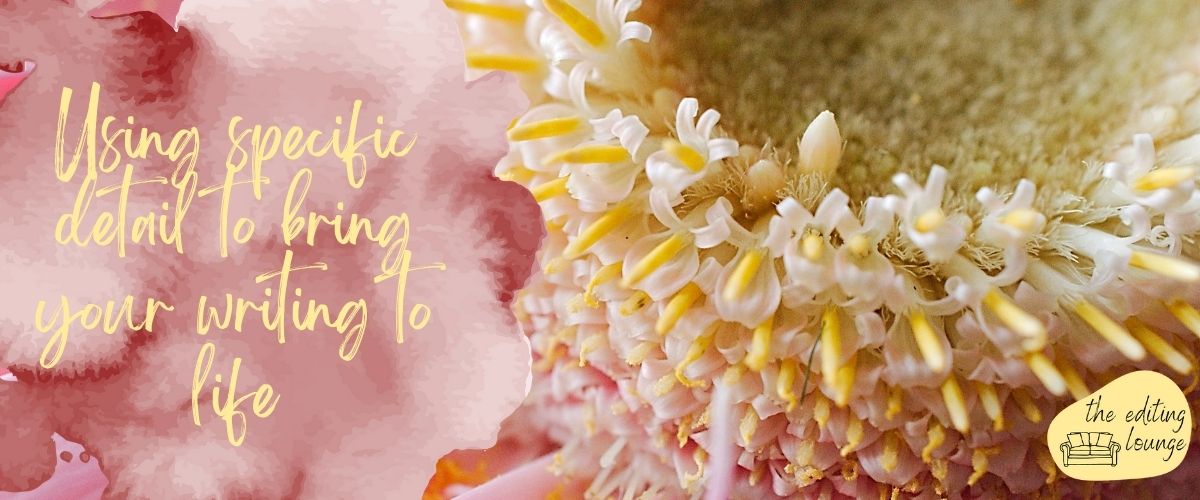We’ve all been there. A member of the Grammar Police has decided there’s a glaring mistake in our writing. They’ve followed a style rule ever since their schooldays and are 100% convinced that any alternatives to their way of doing things are absolutely 100% wrong.
But grammar and punctuation rules evolve. There are times to break the rules, times to choose between contradictory rules, and times to put the rules in the bin. That’s why copyediting is rarely about telling a writer what’s right and what’s wrong. Nope. It’s about helping a writer make stylistic choices.
Whether you’re deciding to italicise the names of magazines, avoid split infinitives, or use single quotation marks instead of double, the most important thing to focus on is consistency. You can make tonnes of choices surrounding grammar and punctuation as long as you consistently follow the style that’s right for you.
Follow a style guide
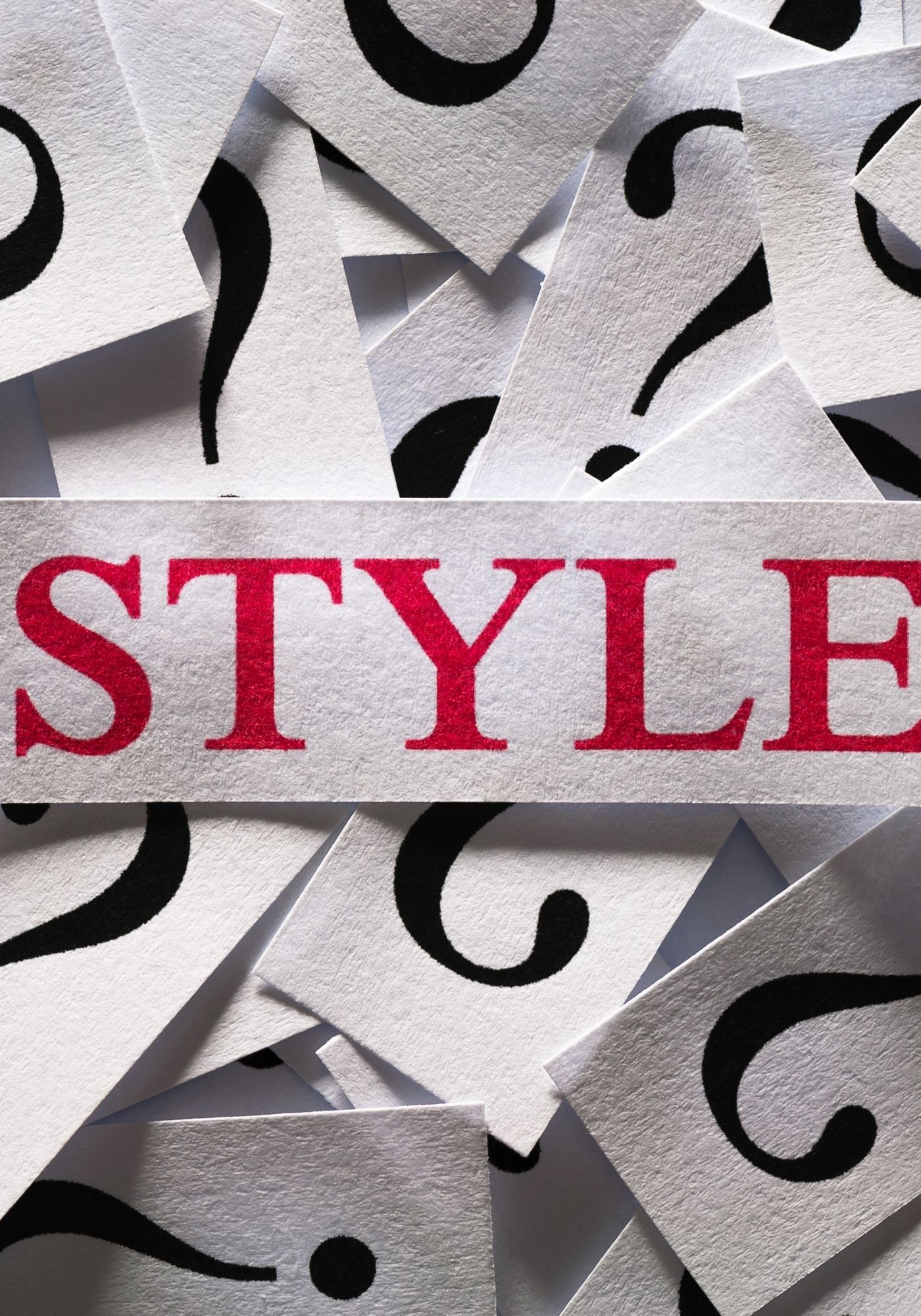
Editorial style controls all elements of your writing, from your punctuation, spelling, hyphenation, and capitalisation to your type styles (italic, bold, and roman), abbreviations, contractions, and numbers. And ensuring consistency is one of the best ways to avoid reader distractions.
The easiest way to stay consistent when writing is to use a style guide. There are loads of style guides out there (New Hart’s Rules, Chicago, AP, Harvard, etc) to help you maintain consistency, and certain disciplines tend to lean towards some guides more than others. New Hart’s Rules is a common style guide for UK fiction authors, and it’s the guide that I studied with the Chartered Institute of Editing and Proofreading.
If you haven’t followed a style guide while writing your works, your line editor or copyeditor should be able to apply one when editing your manuscript.
That said, if you’ve applied certain conventions consistently, your editor should make a note of these on a style sheet and uphold your creative decisions. This is because it’s more efficient to standardise your style than it is to impose an alternative style. And if your style isn’t ‘wrong’, why change it?
Note: both line editors and copyeditors should draw up a style sheet based on a style guide and/or your creative decisions as part of their editing services. However, if you’ve already hired a line editor and are now hiring a copyeditor, you should hand your line editor’s style sheet over to the copyeditor for them to use.
Examples of stylistic choices
Lots of writers refer to black and white ‘rights’ and ‘wrongs’. But these are only true in some cases. As long as you’re consistent, it doesn’t matter.
Here are some examples of stylistic choices that you (or your publisher) have control over. Keep in mind that if you’re following a specific style guide, this can direct you on which rule to follow.
You can choose whether to use:

- British or U.S. spellings and, if British, –ize or –ise spellings.
- -ed or -t endings for past participles like learned/learnt.
- Double or single consonants in words like focussed/focused.
- Double or single consonants in words like focussed/focused.
- Hyphens where the same vowel appears in succession in words like co-operate/cooperate.
- Hyphens in words that begin with sub, inter, and multi, e.g. sub-committee/subcommittee.
- Spaced en rules or opt for em rules.
- The Oxford (serial) comma.
- Italics or quotation marks.
- Single or double quotation marks.
- Title or sentence case.
- Italics or roman for non-English words.
- Spellings or numerals for numbers, e.g. spelling out numbers up to and including ninety-nine but using numerals for 100 and above.
Note: there are exceptions (and exceptions to exceptions) when it comes to these rules. You’ll find different exceptions to the ‘rules’ in each style guide. This is just one of the reasons why Grammarly and other editing programmes aren’t intelligent enough to edit your work for you.
Spelling

Stylistic choices are much more likely to arise over grammar and punctuation than they are spellings, which are usually standardised.
Dictionaries do vary, especially between countries, but stick with one and you’ll find it easy to stay consistent. I recommend the Lexico dictionary for UK writers (this follows Oxford style) and Merriam Webster dictionary for U.S. writers. Both are free online.
Copyediting
It’s helpful to have these style tips in mind when you’re writing, but don’t worry too much. A copyeditor can step in to polish your work and make sure it reads professionally.
About Charlotte

Charlotte is an award-winning writer and line/copyeditor who writes and edits for clients all over the world. She also works on the fiction team for Ambit, a UK literary and arts magazine.
She holds an international literary prize from Hammond House Publishing Group, two writing-related degrees, various marketing certifications, and training certificates from the Chartered Institute of Editing and Proofreading, of which she is a Professional Member.
Charlotte’s work has appeared in several anthologies, magazines, and literary journals, including Indigomania, Dream Catcher, and The Curlew.
She has also created a series of free self-editing cheat sheets to help new writers hone their fiction before sending their work off to a professional editor.
Progressive complications: the tool you need to write stronger conflicts
Conflict is essential to stories of all kinds. A story can’t exist with conflict. If your character could get whatever they wanted at the beginning of the story, there would be no reason to write it. Whether you’re writing a novel or a short story, conflict is what keeps your story going, what keeps the…
Where to start when plotting a novel
It’s arguable that the most important thing a novel should do is follow an arc of change. If nothing changes, do you really have a story? So, perhaps the first step to take when plotting your novel should be to decide, at the simplest level, what’s going to change. That’s easier said than done, but…
Why you should write scenes, not chapters, in your first draft
Plotting and writing a string of chapters long enough to fill a book is daunting. It’s impossible to know how many chapters you’ll need. And it’s impossible to order all of your chapters before you start writing and feeling your way around. That’s why it’s much easier to write your first draft in scenes instead…
How to write a love triangle
Although readers love a well-written love triangle, writing one is easier said than done. Love triangles that aren’t carefully plotted often end up predictable and clichéd. But when well developed and carefully thought out, love triangles can be great, moving plot devices that strengthen your story. What is a love triangle? A love triangle is…
3 ways to work out what your story theme is
I don’t need to know what my story theme is, I hear you say. Just let me crack on with my writing. I know. Hitting pause to think about your theme doesn’t feel like a priority when you’ve got all these great story ideas to get down on paper. Plus, some writers feel that identifying…
2 top strategies to write a great first sentence
Regardless of which genre you write, your first sentence needs to seduce your readers. Perhaps your first sentence is an invitation. A promise. A tease. A shock. A declaration. Whichever approach you adopt, this sentence must be irresistible. It must hook readers and pull them into the page. (Remember that lots of potential buyers read…
6 things to get right in your novel’s opening chapters
Writing a novel is a massive undertaking, regardless of how many books you’ve already written. And, no matter how many how-to books you’ve read and how many fiction workshops you’ve attended, it’s easy to miss the fundamentals when writing your opening chapters. When you submit your novel to an agent or publisher, they will almost…
How to write sensory details
When we include sensory details in our writing, we can evoke our readers’ senses of sight, sound, touch, taste, and smell. This is because painting a strong scene in your reader’s imagination helps them pull similar scenes from their own memories. Here, we’ll explore the science behind why evoking the senses can be so compelling…
What ‘show don’t tell’ really means
Lots of editors are quick to tell writers ‘show, don’t tell’. But this advice has been given so many times that we often forget to explain what it really means. I’ll break down the concept here so you can make the most of this advice. In brief, ‘telling’ is explaining what’s happening. Meanwhile, ‘showing’ is…
Using specific detail to bring your writing to life
Adding detail is essential to writing great fiction. But how specific is the detail in your manuscript? If I had received a pound for every time one of my writing tutors circled a phrase in my fiction with a note saying ‘specific detail please’ during my MA days, I’d be rich. There are likely lots…




